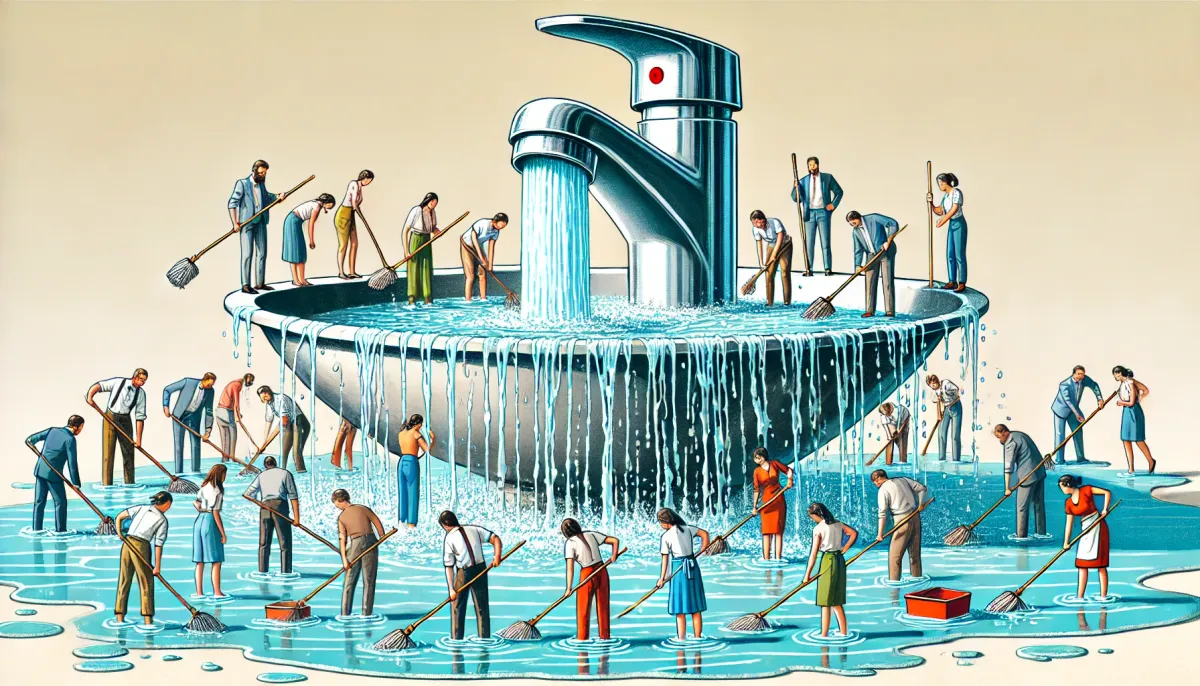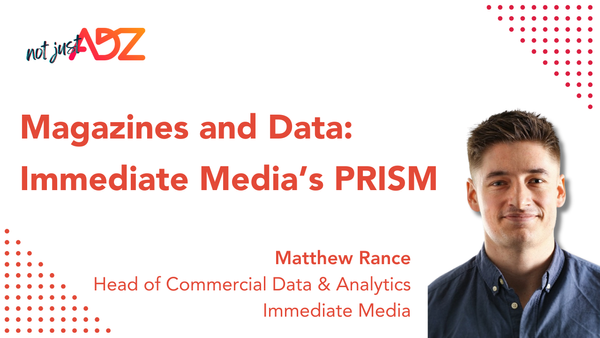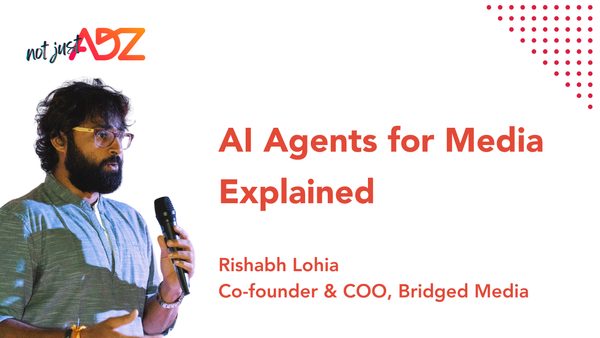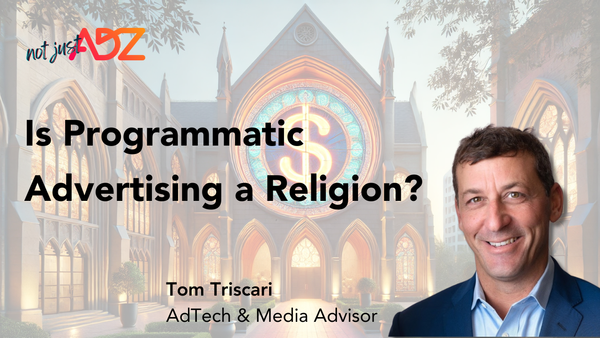Escaping The Outrage Loop: How To Break Free From Programmatic Transparency Challenges | Adexchanger

The regular drip of reports by watchdogs like Adalytics is normally followed by widespread – more or less genuine – outrage. This pattern reveals two facts about the digital advertising industry.
One: The road to (real) accountability is still long and winding.
Two: The way most of the industry is tackling the topic of transparency is not bringing any substantial results.
In May 2020, I wrote on AdExchanger about the release of an ISBA report: “I can’t help but feel trapped in a 13-year Groundhog Day loop. It’s an identical pattern: An investigation or report shows a lack of transparency in the programmatic open marketplace, leading people to discuss, argue and conclude that the industry must mature and become more transparent … until the next report.”
In 2024, I can’t bring myself to join the theatrical cycle of reused, dusted-off reactions.
If we limit ourselves to the steps taken so far toward solving the industry’s transparency issue, there will be thousands more Adalytics-like reports.
As it stands today, the programmatic open marketplace is designed to sustain the business models of ad tech companies, media agencies and various satellite consultancies, rather than serving the interests of advertisers, audiences and media owners.
It cannot be fixed. It must be rebuilt.
A shift in understanding, but not in practice
Today, the nature of the understanding and the narrative about quality and transparency in the industry has substantially changed. Heavily nudged by privacy regulations and technology/policy changes, the overwhelming majority has finally come to terms with reality. Openly defying gravity is not a credible option anymore.
Yet, this shift is not substantially reflected in an improved quality and accountability of the system.
The reason is that the dynamics, interests, motivations and business models driving digital advertising are still very much anchored to the programmatic open marketplace.
And rest assured – this is not just about traditional display. It covers CTV and retail media as well, which are retracing the steps of traditional media with all their mistakes and contradictions.
The mathematics of resistance: volume vs. quality
The underlying issue is one of simple mathematics.
Companies benefiting from reach and volume outnumber those that would profit from a shift to quality and exclusivity. Many industry players, while acknowledging the need for change, are tied to old concepts or incentives that maintain the status quo.
So, even though there is a common agreement that the sink is overflowing, most of the industry is debating the best way to mop the floor rather than fixing the tap. The problem is that, if the sink was fixed, it would in turn … sink their current business model. For many, no mopping equals no party.
But what would “fixing the tap” exactly mean?
Fixing the tap: a two-tiered solution
First, we have to accept that the idea of a single digital advertising environment that serves the needs of both premium international media companies and low-quality undifferentiated websites, as well as global advertisers and small DTC brands, is just utopian thinking.
Only a two-tiered system can help digital advertising reconcile goals and objectives and overcome irremediably conflicting agendas.
Building such a system would rescue quality media environments, pull them out of the perverse logic of the open marketplace and reward them with the advertising income their quality deserves. Because only a self-sustaining media category can afford to reinvest its revenues to create and maintain premium advertising environments.
For advertisers and media agencies, this would answer the million-dollar question: Why dig through sewage to occasionally find a diamond (like in the programmatic open marketplace) when you can go directly to the diamond dealer (via premium media alliances and high-quality advertising marketplaces)?
Rebuilding, not tweaking
The obstacle preventing the industry from moving forward is no longer the fraudsters and chancers. It is those who, despite their genuine intentions to improve things, believe the system can simply be tweaked while they maintain their role. It is those well-meaning companies and individuals who refuse to sever ties with an inherently flawed system and rebuild their business models from scratch.
Curated marketplaces are the new big thing, but not the ideal solution for media companies. They perpetuate publishers being dependent on external forces and third parties.
The only way to speed up change is for quality media owners to completely withdraw from the programmatic open marketplace and offer their inventory exclusively through a media alliance or premium advertising marketplace. To be truly revolutionary and scenario-changing, they must own and operate this marketplace to ensure lasting impact and control.
But media brands can’t have it both ways: Being part of the open marketplace while also participating in a premium marketplace would undermine the exclusivity and relative scarcity needed to make the premium marketplace work. They need one and only point of entry to their environment.
As an entertaining side effect, we would witness the greatest show on earth since the birth of the internet: agencies managing brand safety in a programmatic open marketplace that’s been depleted of quality inventory.
Without such a radical split in supply, we can expect many more transparency reports like those we have become used to, perpetuating the cycle of outrage without meaningful progress.
Originally published at https://www.adexchanger.com on October 28, 2024.





